The City of Melton is one of the fastest-growing areas in the Melbourne region, with a significant number of people moving into the municipality each year. Of course, it wasn’t always like that.
In the 1970s, Melton was identified as a satellite town and slowly continued to grow until it had 50,000 residents in 2000. At that point, the Caroline Springs development opened up and took off almost immediately. In 2005, when the state government expanded the urban development plan to turn rural zones around Melton into urban growth zones, Melton’s growth was firmly established. Combined with a similar extension in 2009, Melton’s population has now grown to 137,000.
Last year alone, the city experienced a five per cent growth rate, owing largely to the availability and affordability of real estate in the area. In fact, Melton sees loads of young families moving into the surrounding regions every year, building a new life in a municipality that truly cares about its people. Melton City Council plays a huge role in that and has contributed to the development of the area in a myriad of ways.
We spoke with Kelvin Tori, the Chief Executive of Melton City Council, who explained some of the projects the council has been working on and how it has improved the community’s growth. In his position, Mr Tori primarily operates at the strategic level of engagement with councillors and politicians as well as other members of the community. He’s greatly involved in the strategic framework which the council operates within as well as its advocacy endeavours. Furthermore, he’s largely responsible for creating and fostering partnerships which allow the council’s projects to take off and benefit the surrounding communities whenever possible.
A community-based approach to infrastructure development
Melton City Council has a very effective way of evaluating its options and allocating the budget. As a growth area, the municipality’s precinct-structure plans (PSPs) are developed for each precinct identified within the growth area. The state government, together with various other authorities, develops a master plan for the precincts which take into account necessary developments for the area such as bridges, schools, and community centres. Then, a development contributions plan outlines how much each developer must contribute per acre area. Following that, the council aggregates development plans and infrastructure requirements for each area. After evaluating and properly prioritising the plans, the council works out how to fund them and as a result creates definite capital works programs.
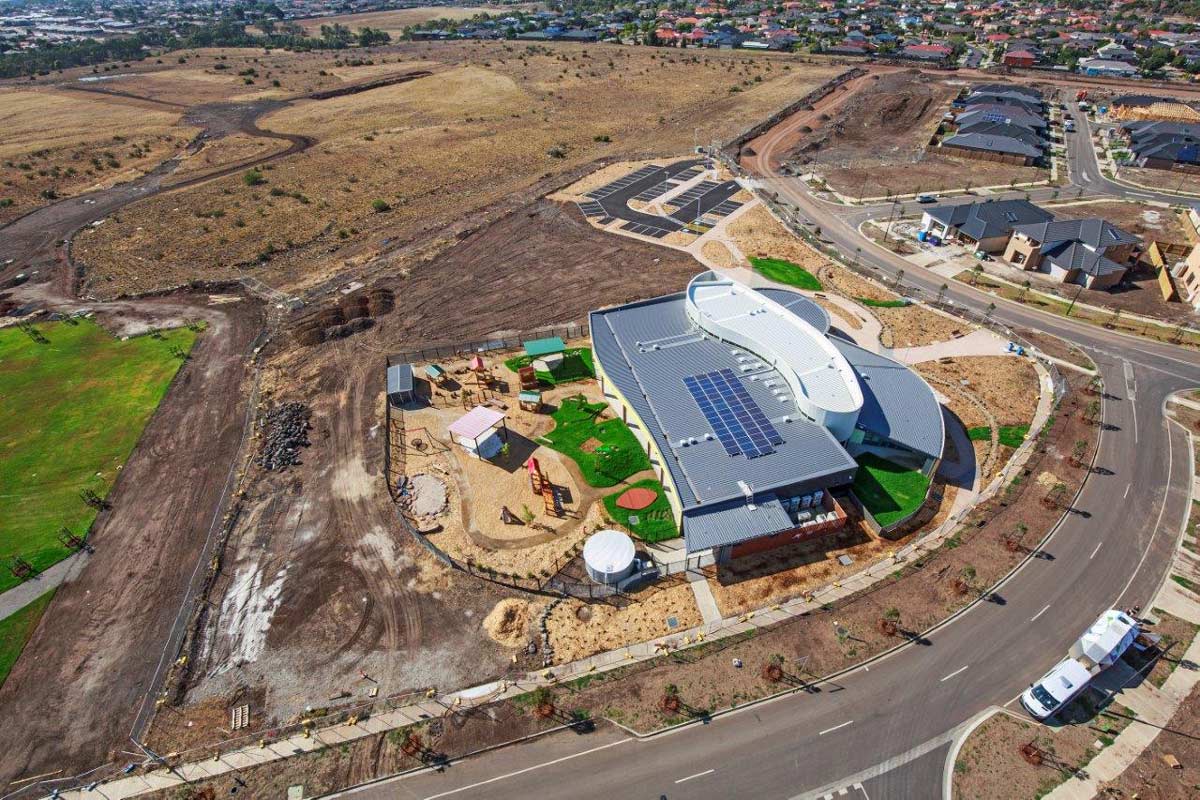
The council operates under a philosophy that takes a place-based approach to community development. Each area has different requirements and people like Kelvin Tori need to take into account a number of critical factors to better plan and understand each region. One of the core principles of the council is an early provision of infrastructure in new development areas to encourage growth. Residents, existing and new, largely benefit from these developments on a daily basis through access to quality facilities and infrastructure. “We see the investment in community infrastructure as being really important in how new communities grow, develop a sense of cohesion and ultimately thrive. Our philosophy is that if we provide quality community infrastructure, we are providing the community with a gathering place where they can meet and interact. That way people develop pride in their area and a sense of ownership and belonging. We think that’s really important and it’s the underlying philosophy that drives how we plan our communities,” Mr Tori said.
Community centres for neighbourly get togethers
One of the best examples of this approach is the community centres located throughout the City of Melton.
“We have centres that offer maternal and child health services, kindergartens, and facilities where all kinds of groups can meet.”
As Mr Tori explains it, young families benefit greatly because these centres provide them with a central point where they can regularly meet.
Some of these centres located throughout the municipality are the Burnside Family and Children’s & Community Centre, the Bridge Road Children’s & Community Centre, and the Clarkes Rd Children’s & Community Centre. These community centres share very similar infrastructure and have been standardised to allow for all kinds of different events and group activities to take place in them.
“The people who are moving in are generally first-home buyers. They may not used to the responsibilities that go with home ownership, are often new to the area and are also often families with young children.
“They are also often restricted because they might only own one vehicle and be stay-at-home parents or caregivers often feeling isolated. What we try to do with these communities is create a place where they can go to feel comfortable, meet other residents and build community connections. We try to offer programs that help them develop and get involved in community activities at a true community centres and hub for community activity. We also run neighbourhood programs out of community centre that include knitting classes and grandparents’ clubs. Themes include family days, children’s days and get- to- know- me- days. There are loads of these activities and they are all community-based,” Mr Tori said.
Creating quality infrastructure for Melton’s residents
Aside from its direct involvement in the community through dedicated centres, Melton City Council is also responsible for a lot of the infrastructure around the Melton area. Right now, the council is undertaking two substantial bridge projects which will have significant benefits for the Melton area, the Bridge Road and Abbey Road bridges. Abbey Road bridge is under the council’s direct oversight and will provide a link to Melton South’s industrial area.
The Bridge Road bridge will be linked directly to the developing Atherstone Estate, a joint venture between the council and the estate projected to house about 20,000 people. Not only will it enable public transportation to run in a more efficient way, it will connect to the highway and save a lot of time for commuters. Furthermore, the bridge into the new development area will connect people with the new town centre and a variety of council-provided facilities. Both bridges will be fully operational by mid next year.
In the past, Melton City Council has completed a number of successful projects that have aimed to improve residents’ quality of life. The Western Business Accelerator and Centre for Excellence provides local businesses and freelancers with an affordable space to conduct their work, complete with high-speed internet access and business coaching. The Melton Library and Learning Hub is a modern, environmentally-friendly building where education, learning, and computer-assisted activities can thrive. At the other end of the City, the Taylors Hill Recreation Reserve includes a wide variety of recreation and sports facilities carefully designed to meet the needs of the current and future community.
The just completed Bridge Road Sports Precinct in the Atherstone development includes state-of-the-art hockey and athletics facilities that are part of a wider community hub. The Arnolds Creek Recreational Reserve and Pavilion includes junior and senior football ovals with full lighting support, soccer pitches, cricket wickets and practice nets, and a social room with a fitted kitchen. The Springside Recreation Reserve has a focus on communally-organised soccer events.
Melton City Council is constantly coming up with new ways to involve residents in local activities and provide quality infrastructure that everyone can enjoy. Through the work of the council and the residents, the City of Melton has a strong sense of community.
AT A GLANCE
WHO: Melton City Council
WHAT: The local government authority of the City of Melton Municipality
WHERE: 232 High Street, Melton, VIC 3337
WEBSITE: http://www.melton.vic.gov.au/
Supporting Partner
Six Degrees Architects
http://www.sixdegrees.com.au/
Sponsored Advertorial
- Six Degrees
- Six Degrees

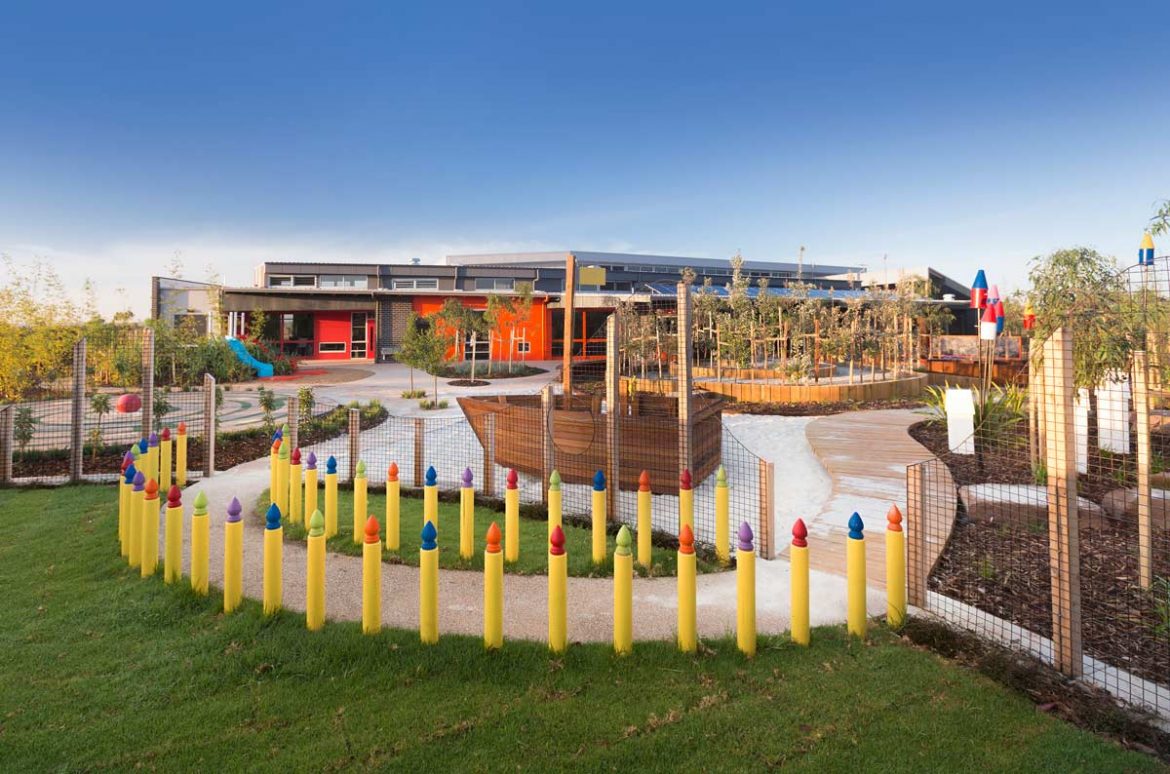
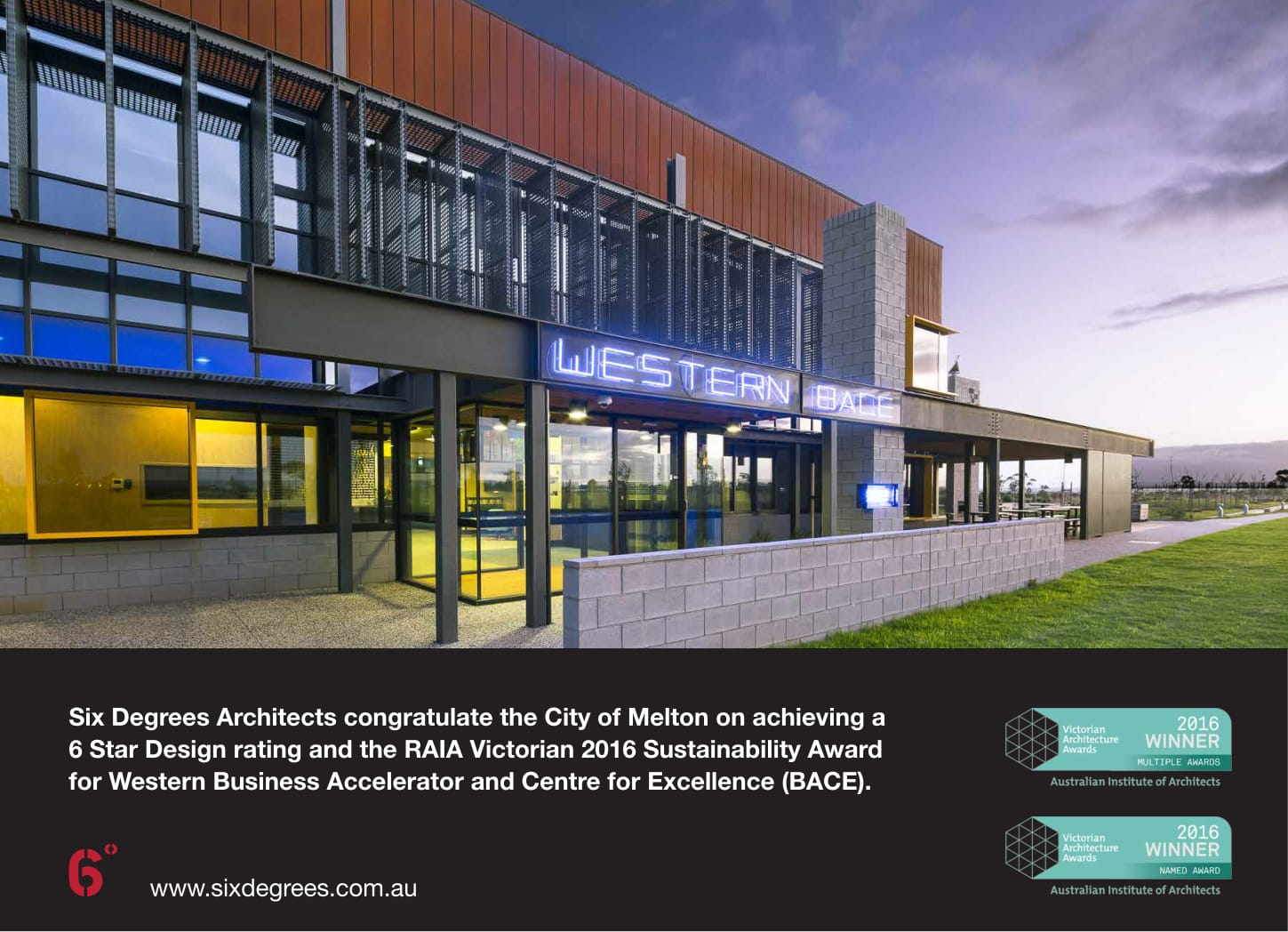
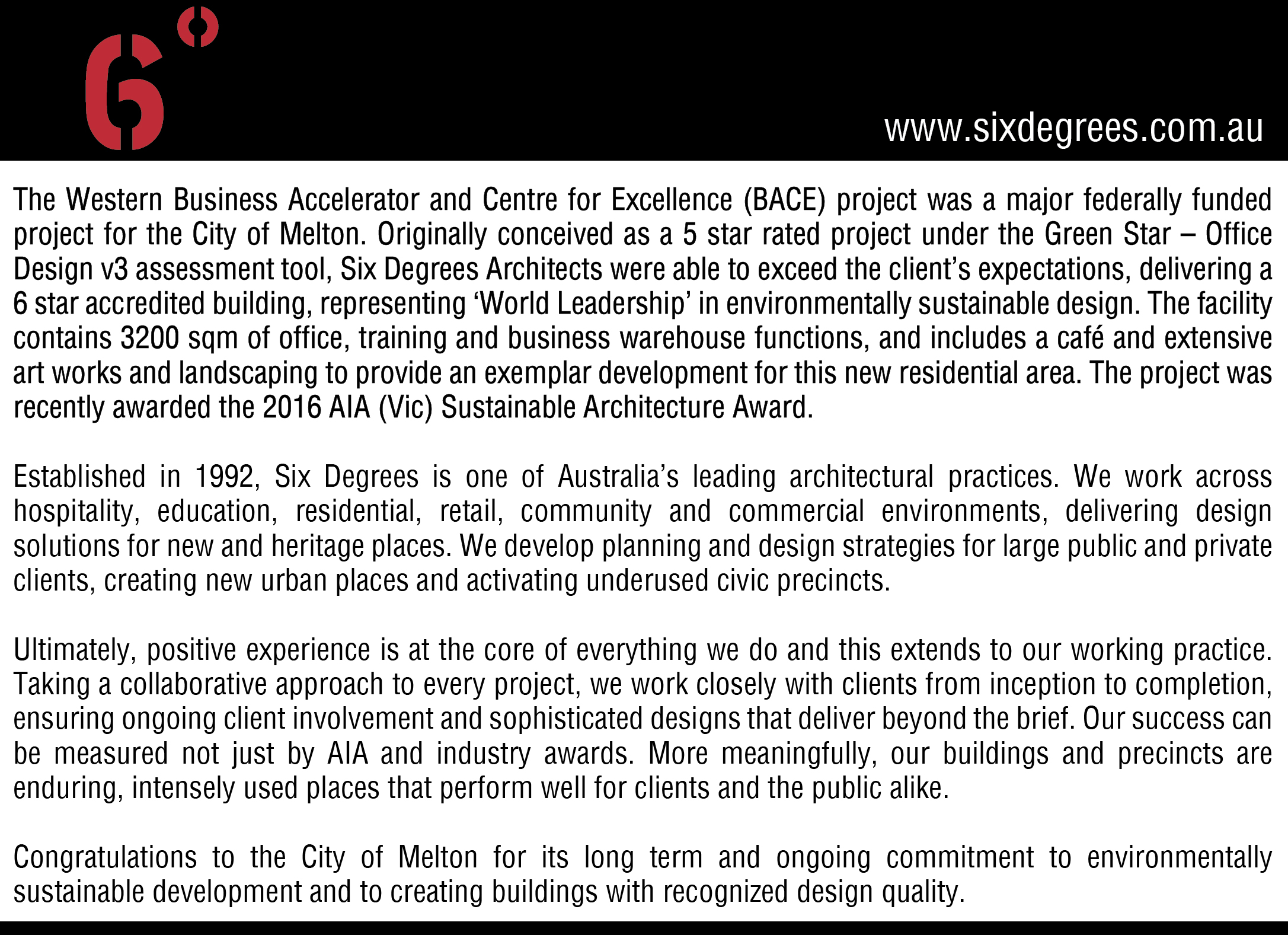
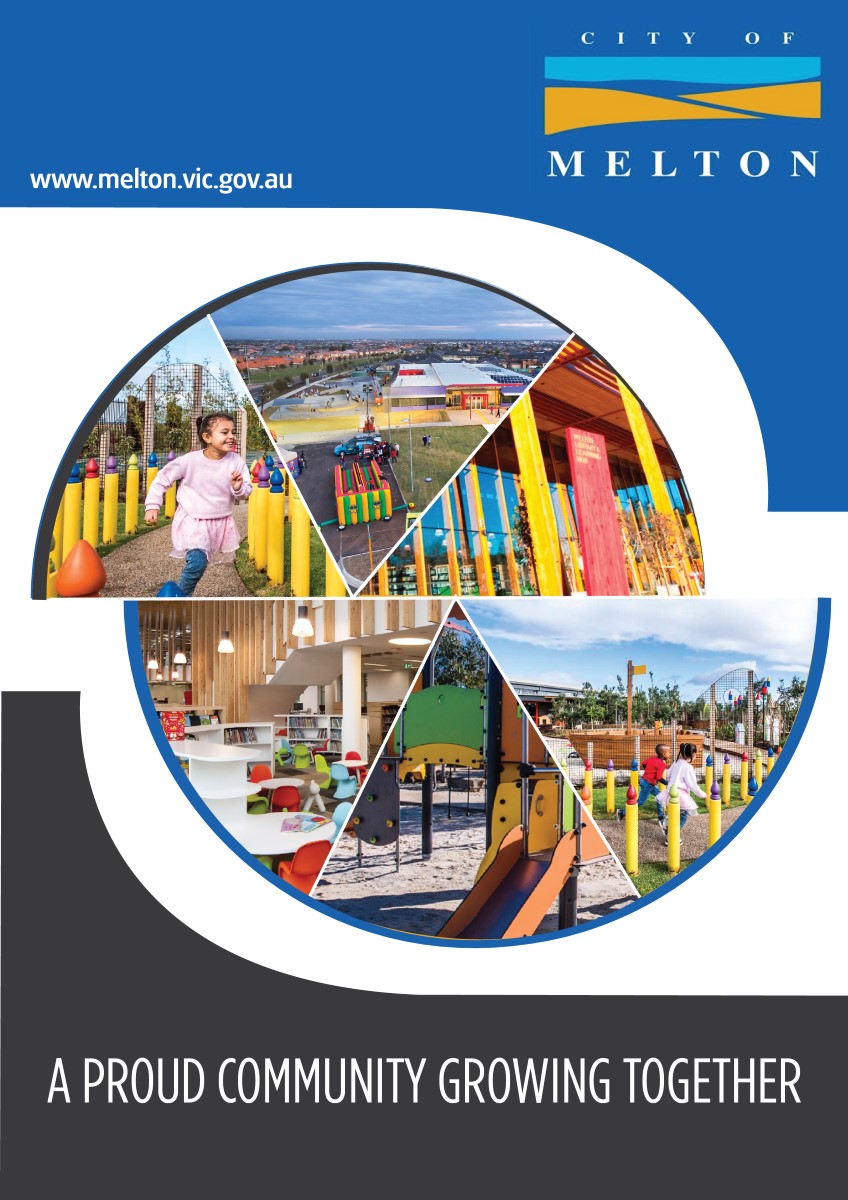
 This information will never be shared to third parties
This information will never be shared to third parties